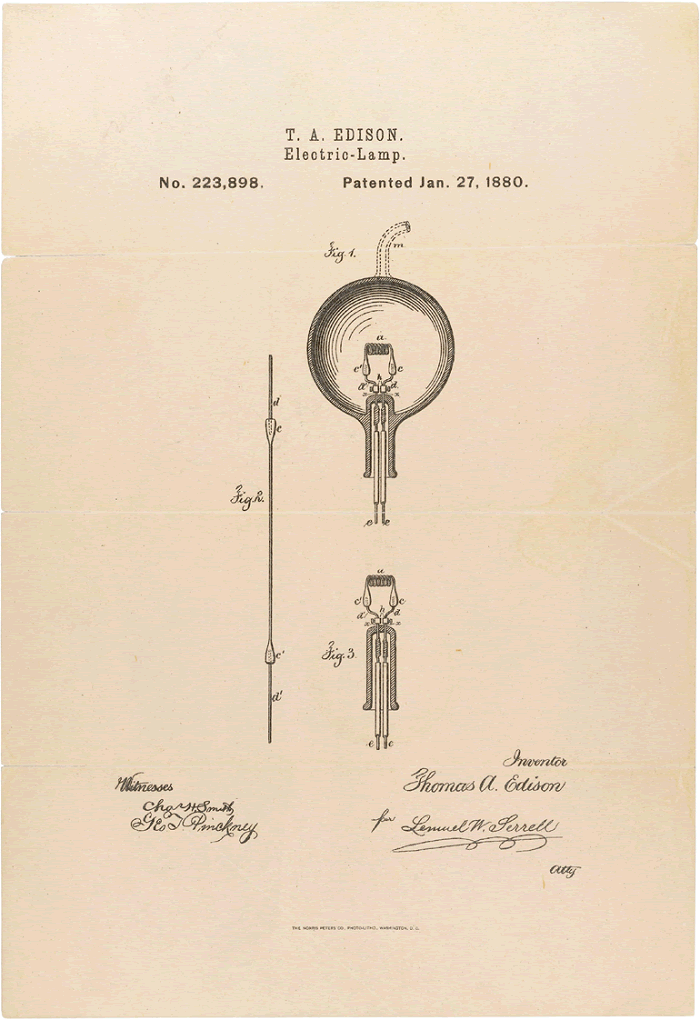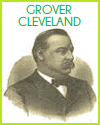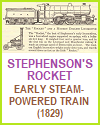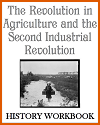Thomas Alva Edison's Patent Application for the Electric Light Bulb, 1880. Thomas Alva Edison received a patent for his incandescent light on January 27, 1880. Courtesy of the United States Patent and Trademark Office. Click here to enlarge.
Thomas Edison's development of the incandescent light bulb is one of his most celebrated achievements, fundamentally transforming how people live and work. Although Edison did not invent the first electric light, his contribution lay in creating a practical and commercially viable incandescent bulb, along with an entire electrical distribution system to power it.
Before Edison, inventors like Humphry Davy and Sir Joseph Swan had made significant strides in electric lighting. However, these early versions were either too bright, too short-lived, or too costly for everyday use. Edison's challenge was to develop a bulb that was durable, efficient, and affordable.
Edison and his team at Menlo Park, New Jersey, began their intensive research and experimentation in 1878. After testing thousands of materials, they discovered that a carbonized bamboo filament could last up to 1,200 hours when placed in a vacuum-sealed glass bulb. This breakthrough, achieved in 1879, marked the creation of a reliable, long-lasting incandescent light bulb.
However, Edison’s innovation did not stop at the bulb itself. He understood that for electric lighting to be practical and widespread, an entire electrical system was needed. This led to the development of a complete electrical power distribution system, including generators, wiring, and switches. In 1882, Edison opened the first commercial power station on Pearl Street in New York City, providing electricity to hundreds of homes and businesses in the area.
Edison's work on the light bulb and electrical system had a profound impact, making electric lighting accessible and practical for the masses. This not only extended productive hours into the night but also improved safety and quality of life. His invention laid the foundation for modern electrical infrastructure and positioned Edison as a key figure in the technological advancements of the late 19th and early 20th centuries.
|













